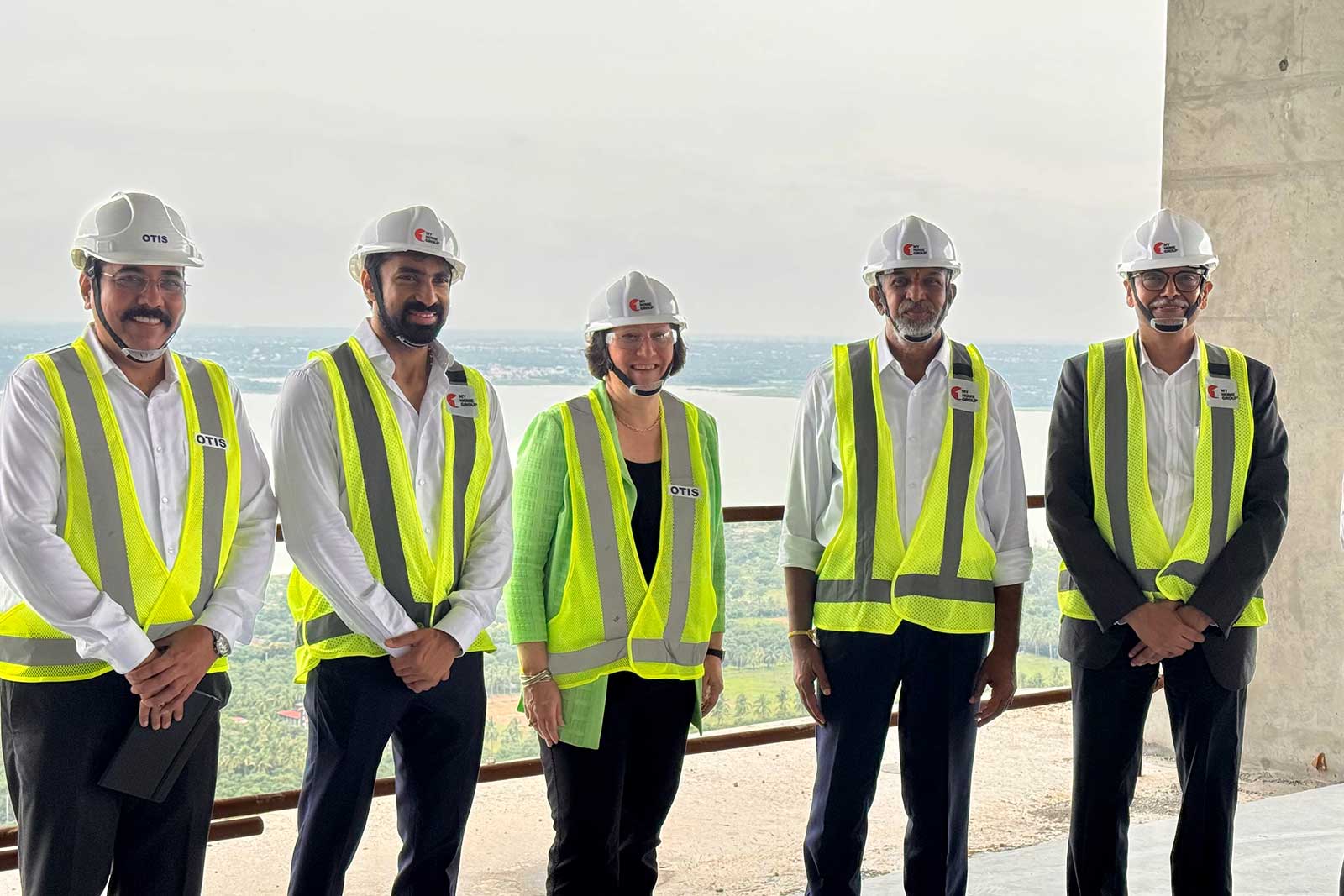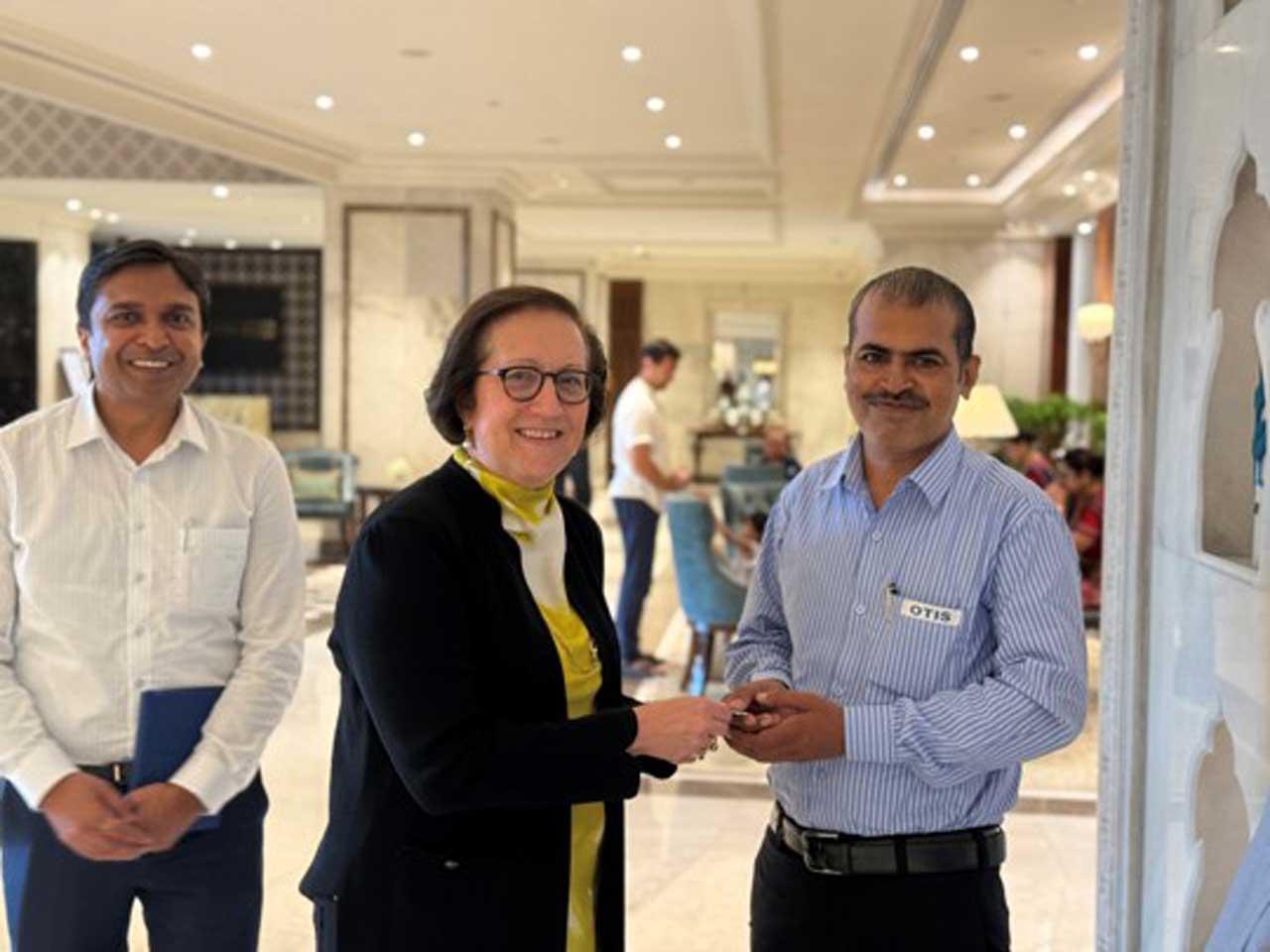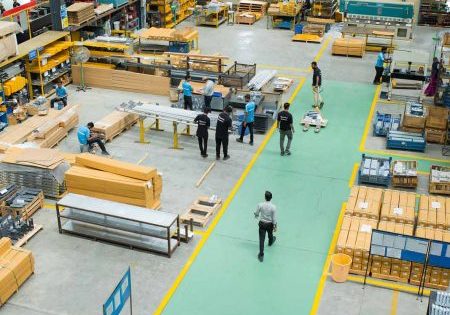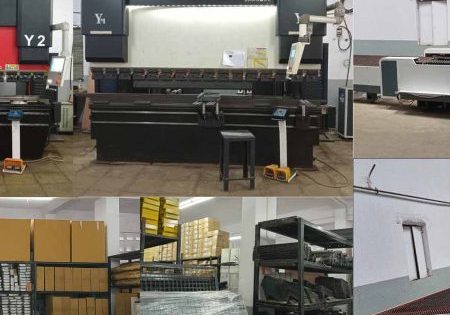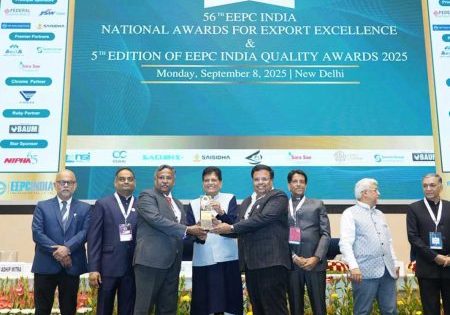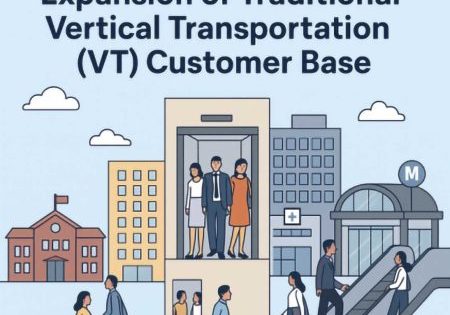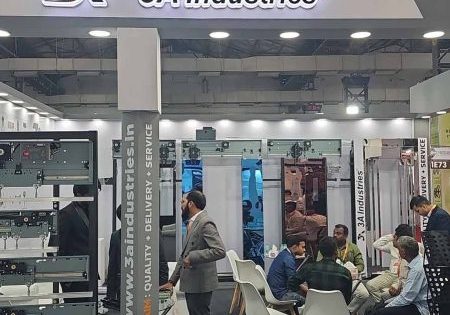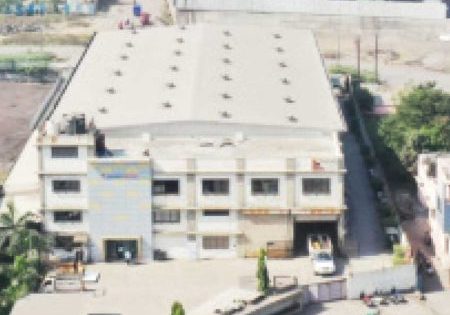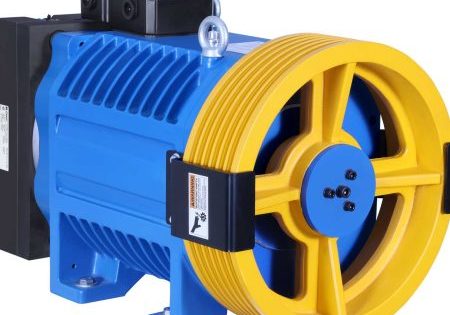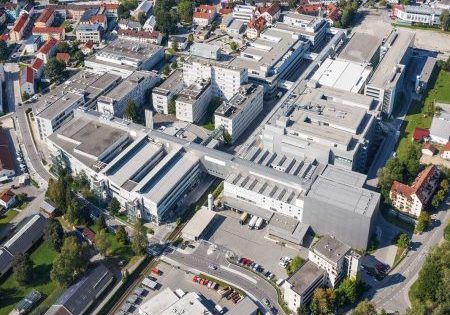Judy Marks (JM), chair, CEO and president, Otis Worldwide Corp., shares insights with your author (VP) on her recent India visit and the future of VT in the country.
VP: During your visit, what were your impressions about India as a market for vertical transportation (VT) compared with other countries across the globe?
JM: I travel to India regularly, and each visit leaves me inspired. This year, during my time in Hyderabad, Bengaluru and Delhi, I saw firsthand how India’s skylines are evolving. The country is going through rapid transformation, marked by urbanization and economic growth – and that progress is unlocking tremendous opportunities for VT.
This rapid urbanization, coupled with rising life expectancy, is changing the shape of India’s population. By 2050, one in five people in India will be over 60. That means we must shift the way we think about not only designing new infrastructure but the longevity and modernization needs of existing equipment.
For Otis, India is our fastest-growing market in terms of units globally. The elevator and escalator segment here is expanding at a healthy 10–12% rate annually across residential, commercial and infrastructure projects.
I’m particularly proud of the fact that Otis is the leading brand in India, and our team has doubled new equipment orders over the past three years, reinforcing our leadership position in the country. As the market leader, we remain committed to supporting the country’s urbanization with smart, safe and world-class mobility solutions.
VP: Otis has provided VT to several prominent landmarks including the Statue of Unity. What is the significance of Otis being chosen for and entrusted with such noteworthy projects?
JM: Being chosen to provide solutions for iconic projects like the Statue of Unity, Terminal 2 at Kempegowda International Airport (Bengaluru) and Bengaluru and Patna metros, among others, is a source of immense pride for our Otis teams. Such projects are a testament to the trust our customers place in us. We have worked to build a strong reputation over decades – with consistent presence, operational excellence and exceptional results in India.
For 172 years, Otis has led the VT industry worldwide, supporting some of the most prominent structures around the globe. What makes us a preferred choice, however, is our ability to blend our global expertise seamlessly with local manufacturing, engineering and customer insights. In India, our team’s deep understanding of the market ensures we build solutions that are both innovative and tailored to local demands. This unique balance of global leadership and local strength is what enables Otis to be entrusted with marquee projects that define nations and inspire generations.
VP: What were the key takeaways from your interactions with Otis customers during your India visit?
JM: My interactions with customers in India were both energizing and affirming. They reinforced our belief that India is not only a growth engine for Otis but also a market where ambition and innovation go hand in hand. I was impressed by the scale of projects being envisioned, which reflect the growing aspirations and confidence of our customers in India.
What I heard consistently was a strong appetite for safe, advanced, contemporary and reliable VT solutions, and the confidence in Otis to deliver on our commitments. We are delighted to continue surpassing these expectations by bringing several industry-first innovations to India, such as our digital platform for customizing elevator systems, to help our customers achieve their boldest visions.
VP: How do you see the implementation of the Bureau of Indian Standards code for the VT industry impacting OEMs like Otis India? How has Otis geared up or prepared for the same?
JM: At Otis, we are in the life-safety business. We have already begun embedding IS 17900 – comprehensive changes to elevator safety regulations in India – into our local products and quality roadmaps. As a global industry leader, we have deep operational experience with equivalent standards in Europe, the U.S. and Asia-Pacific. We continue to champion safety in the industry, and we believe we are ahead of the curve with readiness and alignment to IS 17900 in India. We are also actively collaborating with all stakeholders to ensure a smooth transition by end of year. We look at it as an opportunity to lead India into a new era of safe, intelligent and future-focused mobility. Looking ahead, we will continue to introduce next-generation product and service features that meet or even extend beyond the industry’s regulatory requirements.
VP: Do you feel that a National Lift Act would facilitate the process of enhancing safety standards for VT in India?
JM: I believe a National Lift Act would be a positive step for India. Today, there is no global code for the VT industry. Each country adapts to distinct sets of regulations to meet its own needs. While India has been steadily advancing its codes, a national framework would bring greater consistency and clarity across the industry.
Such an act would also make VT more affordable and accessible, especially at a time when elevators are increasingly being installed in private homes to support older adults with different mobility needs. Consistency in standards helps prioritize safety and instills confidence for customers and developers alike.
At Otis, we are fully supportive of this direction and stand ready to work alongside regulators and industry peers to shape such a framework. It is about creating a safer, more reliable and equitable system that benefits everyone.
VP: What is the prominence of India as a market for Otis Worldwide Corp., and which are the key market trends observed that distinguish it from other countries?
JM: India holds a place of great prominence for Otis; it is one of our most dynamic markets. Our history here dates back to 1892, when we installed our first elevator at Raj Bhavan in Kolkata, an elevator I had the opportunity to visit last year, which is still in operation today. That legacy, coupled with more than 70 years of continued, strong local operations, makes the Indian market integral to Otis as a company. Today, we have sold elevators in more than 800 cities across India, including both our new equipment product and service offerings.
What distinguishes India is the scale and speed of growth. India is the second-largest elevator and escalator market in the world, and we are seeing double-digit growth here, thus accelerating our investments to match the momentum of this market. Urbanization remains the most defining trend, reshaping skylines and creating unprecedented demand for VT. Government-led initiatives in smart cities, ports, metros, airports and urban renewal (especially in Tier 2 and Tier 3 cities) are also fueling demand in the elevator and escalator sector.
At the same time, an aging population is driving greater need for mobility solutions within private residences as people look to stay comfortably in their homes. Another powerful trend is digitalization. As buildings grow smarter, our proprietary OtisONETM Internet of Things (IoT)-platform continues to deliver intelligent, connected and predictive elevator service. Otis ONE monitors, collects and analyzes data from elevators’ smart sensors to deliver performance information, proactive communication and predictive insights to Otis’ customers and the field professionals servicing their units.
In India, these global trends converge at a remarkable pace, and Otis is uniquely positioned to respond, with our deep local roots, years of experience and expertise, to deliver world-class, future-ready mobility solutions.
VP: Going forward, which VT categories do you see being the key growth drivers for Otis in India? Are there plans for further capacity expansion to meet the growing demand for VT from Otis in the future?
JM: In India, we see growth opportunities across both new equipment and modernization. The country’s pace of urbanization, coupled with the need to upgrade existing infrastructure, is driving strong demand in both categories. I’m proud that our engineering investments here have already supported the launch of more than 25 innovative products designed for India, as well as for global markets. India is also the first country where we introduced an e-commerce platform for elevators, enabling customers to purchase online. Today, about 15% of our bookings in India come through this platform, reflecting how digital adoption is shaping our industry.
In terms of capacity, we have been consistently investing to stay ahead of market needs. Our Bengaluru manufacturing facility doubled its capacity in 2012, which we further expanded by 20% last year. Bengaluru also houses one of our Lead Design Centers, developing sophisticated solutions for both India and the world. In addition, our Digital Technology Center in Hyderabad is helping us pioneer connected, data-driven mobility solutions.
With a nationwide service and installation network already in place, we are well-positioned to support India’s evolving mobility needs, while continually evaluating opportunities for further expansion to meet the country’s dynamic demand.
Get more of Elevator World. Sign up for our free e-newsletter.
